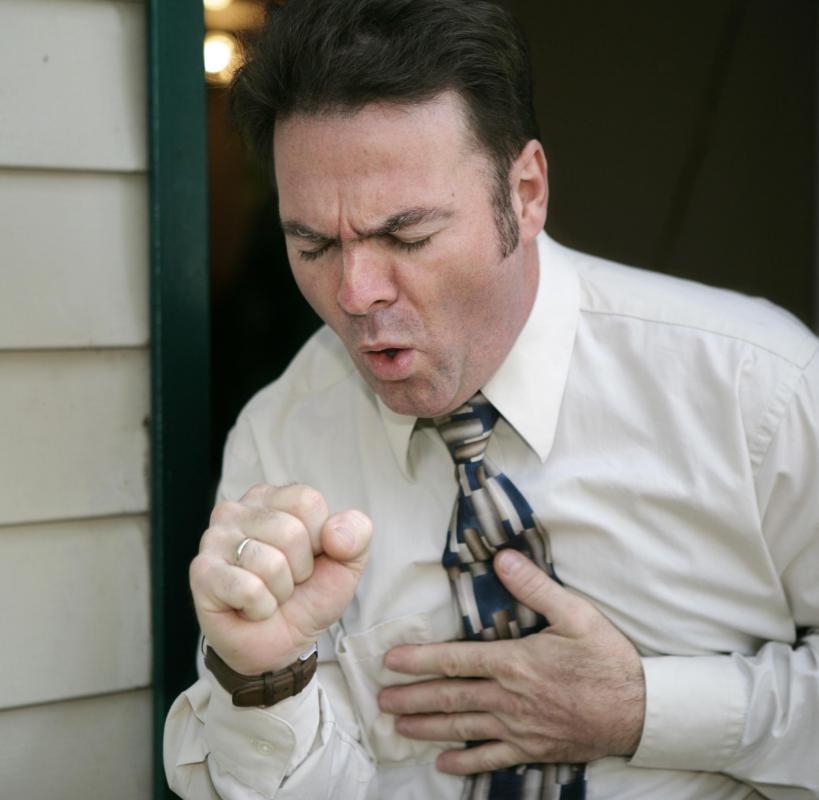At TheHealthBoard, we're committed to delivering accurate, trustworthy information. Our expert-authored content is rigorously fact-checked and sourced from credible authorities. Discover how we uphold the highest standards in providing you with reliable knowledge.
What is a Rectocele?
A rectocele is a bulge in the fascia, the layer of fibrous muscle tissue between the rectum and the vagina. When the fascia becomes weakened due to childbirth, menopause, a hysterectomy, or difficult bowel movements, the lining of the rectum begins to protrude into the vagina and create a rectocele. Most instances of rectoceles are harmless; they do not cause any symptoms or disrupt functioning. Large rectoceles, however, can result in difficulty passing stools, general discomfort, and pain on rare occasions. Home remedies such as Kegel exercises are often sufficient to relieve the symptoms of rectoceles and strengthen the fascia, though persistent bulges may require medical intervention.
Excessive strain or pressure on the fascia can cause the rectum to herniate and create a rectocele. Most instances occur after childbirth, as the fascia and vaginal muscles must work very hard to deliver a baby. Women who have experienced menopause are also at risk of developing rectoceles, as their ligaments and muscles tend to weaken when hormone levels change. Some people experience problems if they are chronically constipated and must strain to pass stools. Additionally, heavy lifting, obesity, and chronic coughing may lead to fascia strains.

It is common for women with small rectoceles to not experience any noticeable symptoms or related difficulties. A larger rectocele may lead to difficult bowel movements and a noticeable bulge near the vaginal opening. Protruding rectoceles cause many women feel as if they have not completely emptied their bowels after a movement. Symptoms can be annoying and uncomfortable, but rarely result in pain. A female who notices possible signs of a rectocele should contact her gynecologist to obtain a diagnosis and learn about treatment options.

A gynecologist can usually diagnose a rectocele by conducting a physical examination of the interior vaginal wall. Depending on the size of the protrusion and the severity of symptoms, the doctor may suggest home remedies, insert a pessary into the vagina, or recommend surgery to repair the fascia. Gynecologists frequently instruct their patients to avoid activities that put strain on the fascia and consume high fiber foods to promote softer stools. Women can strengthen their fascias by performing Kegel exercises, which entail repetitively contracting and relaxing vaginal muscles.

If home remedies are not enough to relieve symptoms, a doctor may insert a small plastic ring known as a pessary into the vagina to prevent bulging. Large or especially uncomfortable rectoceles may require surgical procedures. A surgeon can stretch and tighten fascia tissue, eliminating bulges and ensuring that they do not return. Most women enjoy full recoveries when they follow their doctors' instructions.
AS FEATURED ON:
AS FEATURED ON:













Discuss this Article
Post your comments